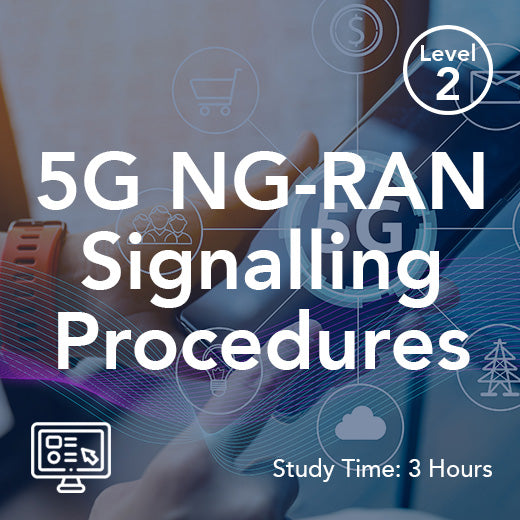L3 Layer 3
- , by Stephanie Burrell
- 2 min reading time
Layer 3, also known as the Network Layer, plays a crucial role in the world of telecommunications. It serves as the backbone of the internet, facilitating the routing of data packets between different networks. In the United Kingdom, where the demand for high-speed and reliable internet connectivity is ever-growing, understanding Layer 3 is essential for both consumers and businesses alike.
At its core, Layer 3 is responsible for logical addressing, routing, and forwarding of data packets. It operates at the network level, ensuring that data reaches its intended destination efficiently and securely. In the UK, where a multitude of devices are constantly connected to the internet, from smartphones to smart home devices, the importance of a robust Layer 3 infrastructure cannot be overstated.
One of the key protocols that operate at Layer 3 is the Internet Protocol (IP). In the UK, IP addressing is a fundamental aspect of networking, allowing devices to communicate with each other over the internet. IPv4, the most widely used version of IP, has been the backbone of the internet for decades. However, with the exhaustion of IPv4 addresses, the transition to IPv6 is becoming increasingly important in the UK to accommodate the growing number of connected devices.
Routing is another critical function of Layer 3. In the UK, where businesses rely on seamless communication and data transfer, efficient routing is essential to ensure that data packets are delivered accurately and in a timely manner. Routing protocols such as OSPF (Open Shortest Path First) and BGP (Border Gateway Protocol) are commonly used in the UK to determine the best path for data to travel between networks.
Security is also a significant concern at Layer 3, particularly in the UK where cybersecurity threats are on the rise. Implementing measures such as Virtual Private Networks (VPNs) and firewalls at the network layer can help protect sensitive data from unauthorized access and cyber attacks. With the increasing reliance on digital technologies in the UK, safeguarding data at Layer 3 has become a top priority for businesses and individuals alike.
In the realm of telecommunications, Layer 3 is the linchpin that connects disparate networks and enables seamless communication across the UK and beyond. Whether it's streaming a movie, conducting a video conference, or accessing cloud services, Layer 3 plays a vital role in ensuring that data reaches its destination reliably and securely.
As the UK continues to embrace digital transformation and the Internet of Things (IoT) revolution, the importance of Layer 3 in telecommunications will only grow. From enabling remote work to powering smart cities, Layer 3 is the foundation upon which the future of connectivity in the UK is built.
In conclusion, Layer 3 is the unsung hero of the telecommunications industry in the UK. It may operate behind the scenes, but its impact on how we communicate, work, and live in the digital age is profound. By understanding and optimizing Layer 3 infrastructure, businesses and consumers in the UK can unlock the full potential of modern telecommunications and pave the way for a more connected and innovative future.


































